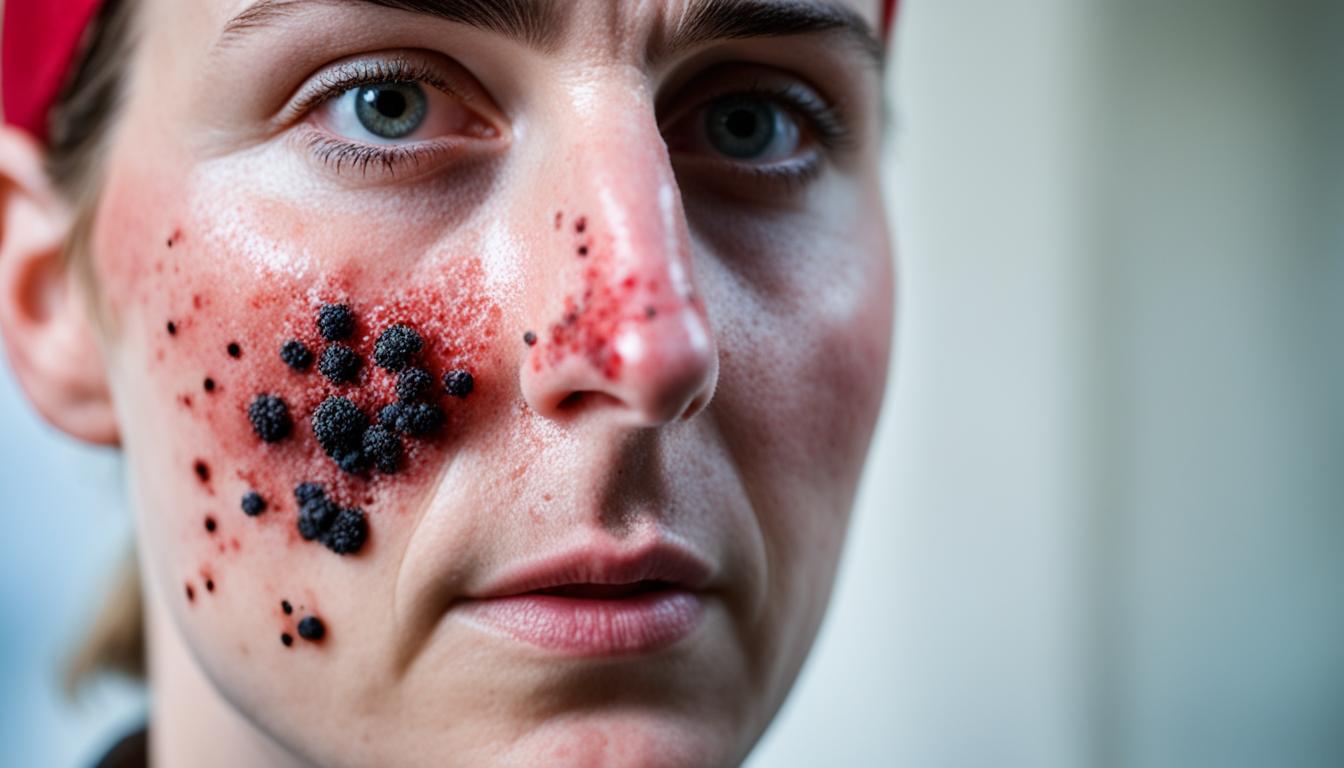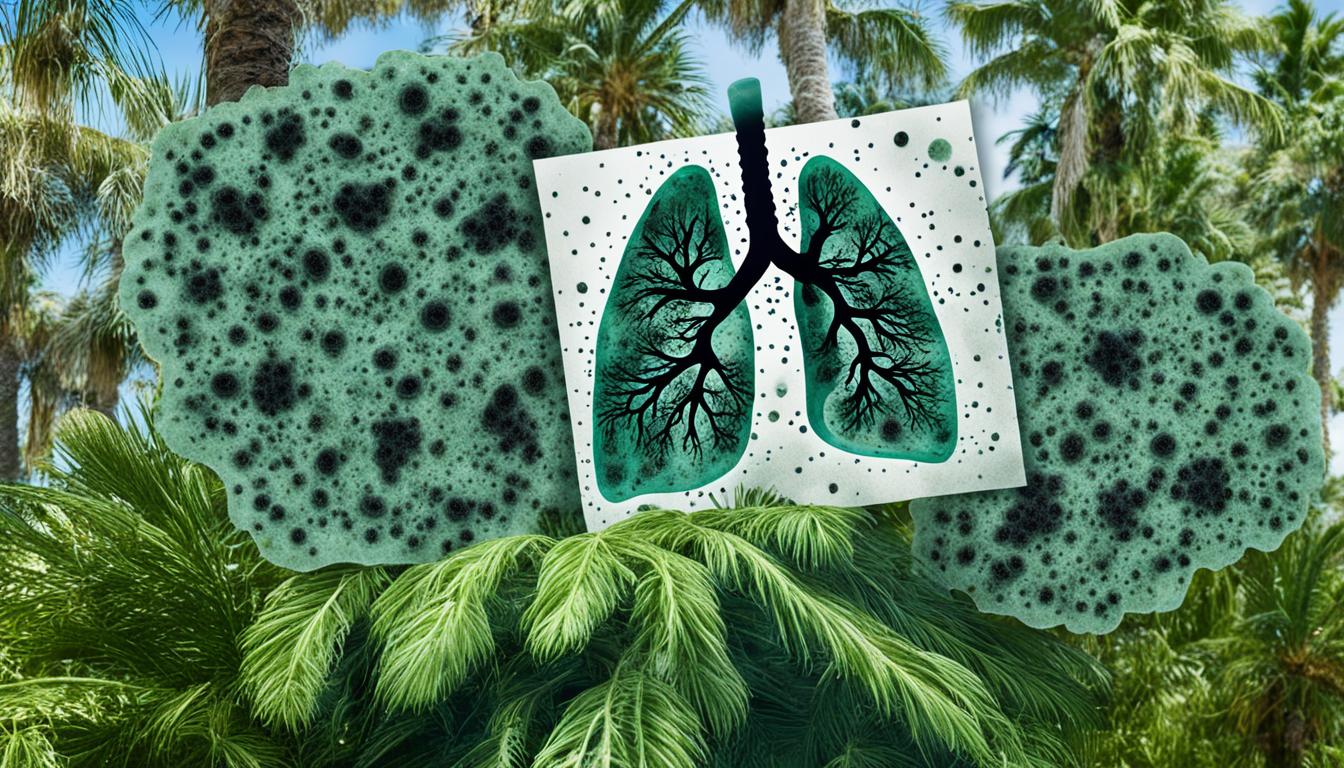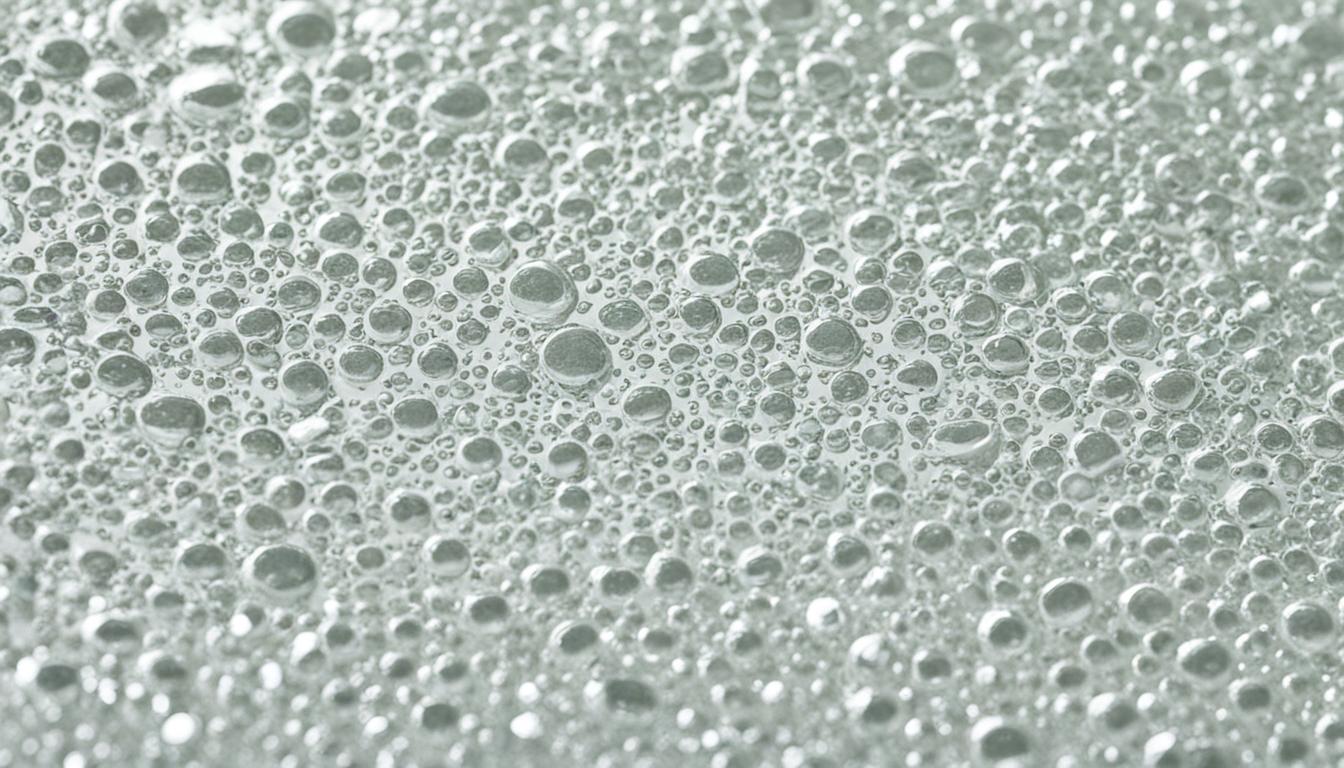
Toxic Mold Symptoms Florida Residents Must Know
Florida residents need to be aware of the symptoms of toxic mold exposure that can pose a threat to their health. Living in a warm and humid climate like Florida can make homes more susceptible to mold growth, leading to potential health issues. By understanding these symptoms, residents can take proactive measures to protect themselves and their families.
Key Takeaways:
- Florida residents should be aware of the symptoms of toxic mold exposure.
- Living in a warm and humid climate increases the risk of mold growth.
- Recognizing these symptoms can help residents take necessary action for remediation.
- Regular inspection and maintenance can prevent mold growth in Florida homes.
- Contact a professional mold remediation service for assistance if mold is suspected.
Health Risks Associated with Toxic Mold in Florida
Exposure to toxic mold poses significant health risks, particularly for residents in Florida. The warm and humid climate in Florida provides the perfect conditions for mold growth, making it essential for residents to understand and recognize the potential dangers.
Respiratory Problems: Toxic mold releases spores into the air, which can be inhaled and cause respiratory issues such as coughing, wheezing, and difficulty breathing. Individuals with pre-existing respiratory conditions, such as asthma or allergies, may experience worsened symptoms when exposed to mold.
Allergic Reactions: Mold exposure can trigger allergic reactions in susceptible individuals. These reactions may include sneezing, itching, watery eyes, and skin rashes. In some cases, exposure to toxic mold can lead to more severe allergic reactions, such as hives or even anaphylaxis.
Other Health Issues: Prolonged exposure to toxic mold can also contribute to other health problems, including fatigue, headaches, nausea, and even neurological symptoms. The severity of these symptoms can vary depending on the individual and the level of mold exposure.
“Exposure to toxic mold can have detrimental effects on both physical and mental health. It is crucial for Florida residents to be aware of the potential health risks associated with mold and take appropriate measures to protect themselves and their families.”
Understanding the health risks associated with toxic mold in Florida is essential for safeguarding the well-being of residents. By being aware of these risks, individuals can take proactive measures to prevent mold growth in their homes and seek professional assistance for remediation if necessary.
Preventing Mold Growth in Florida Homes
To minimize the health risks associated with toxic mold, it is important for Florida residents to take preventive measures:
- Keep indoor humidity levels below 50% by using dehumidifiers or air conditioners.
- Address any water leaks or moisture issues promptly to prevent mold growth.
- Ensure proper ventilation in bathrooms, kitchens, and other areas prone to moisture buildup.
- Regularly clean and dry areas that are prone to dampness, such as shower curtains, bathroom tiles, and window sills.
By following these preventive measures, Florida residents can significantly reduce the risk of mold growth and minimize the associated health risks.

| Health Risks | Description |
|---|---|
| Respiratory Problems | Inhalation of mold spores can cause coughing, wheezing, and difficulty breathing. |
| Allergic Reactions | Exposure to mold can trigger allergies, leading to symptoms like sneezing, itching, and watery eyes. |
| Other Health Issues | Prolonged exposure to toxic mold can result in fatigue, headaches, nausea, and neurological symptoms. |
It’s crucial for Florida residents to prioritize mold prevention and ensure their homes remain safe and mold-free.
Steps for Mold Remediation in Florida Homes
When it comes to mold remediation in Florida homes, taking the right steps is essential for protecting the health and well-being of residents. Proper identification and safe removal of mold can help ensure a mold-free home environment. Below are the essential steps to follow:
1. Assess the Situation
The first step in mold remediation is to assess the extent of the mold problem in your home. Look for visible signs of mold, such as discoloration or a musty odor. Pay attention to areas prone to moisture, such as bathrooms, basements, and kitchens. If the mold covers a small area (less than 10 square feet), you may be able to handle the remediation yourself. However, for larger infestations, it’s best to seek professional assistance.
2. Take Safety Precautions
Prior to starting the remediation process, it’s crucial to protect yourself and your family from potential health risks. Wear protective gear, including gloves, goggles, and a face mask, to prevent direct contact with mold spores. Open windows and use fans for ventilation while working. If necessary, isolate the affected area by sealing off doors and vents to prevent the spread of mold spores to other parts of the house.
3. Remove Mold Safely
To effectively remove mold, start by drying out the affected area. Use dehumidifiers or fans to reduce moisture levels and prevent further mold growth. Next, physically remove the mold using a scrub brush, non-ammonia detergent, and water. Ensure thorough cleaning of surfaces, including walls, floors, and furniture. Dispose of any contaminated materials properly, sealing them in plastic bags before disposal.
4. Dry and Repair the Affected Area
After removing the mold, it’s essential to thoroughly dry the affected area to prevent future mold growth. Use dehumidifiers, fans, or open windows to facilitate drying. Inspect for any underlying water leaks or moisture sources that may have caused the mold. Repair leaks and address any structural issues to prevent moisture problems in the future.
5. Prevent Future Mold Growth
To prevent mold from recurring, it’s important to address the underlying cause of the moisture problem. Regularly inspect and maintain areas prone to moisture, such as roofs, pipes, and HVAC systems. Keep indoor humidity levels below 50% by using dehumidifiers and proper ventilation. Clean and dry any water spills or leaks immediately, and promptly fix any plumbing issues.
By following these steps, Florida residents can effectively remediate mold in their homes, ensuring a safe and healthy living environment for themselves and their families.

Conclusion
Understanding the toxic mold symptoms specific to Florida residents is crucial for maintaining a healthy living environment. Mold exposure can lead to a range of health risks, including respiratory problems and allergic reactions. By being aware of these risks, Florida residents can take proactive steps to protect themselves and their families.
If you suspect mold contamination in your home, it is essential to follow the proper steps for mold remediation. This includes identifying the source of the mold, safely removing it, and taking preventive measures to ensure it does not return. Keep in mind that mold remediation is a complex process that often requires professional assistance.
If you’re in Florida and need help with mold assessment, prevention, or remediation, contact Fix Mold Miami at 305-465-6653. Our experienced team can provide you with a comprehensive mold assessment and professional assistance to create a mold-free living environment for you and your loved ones.




